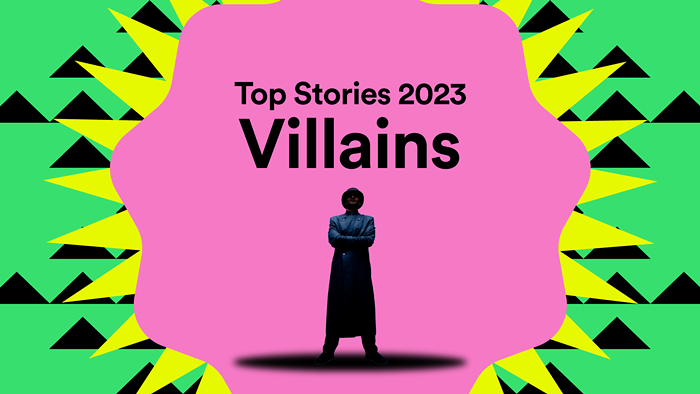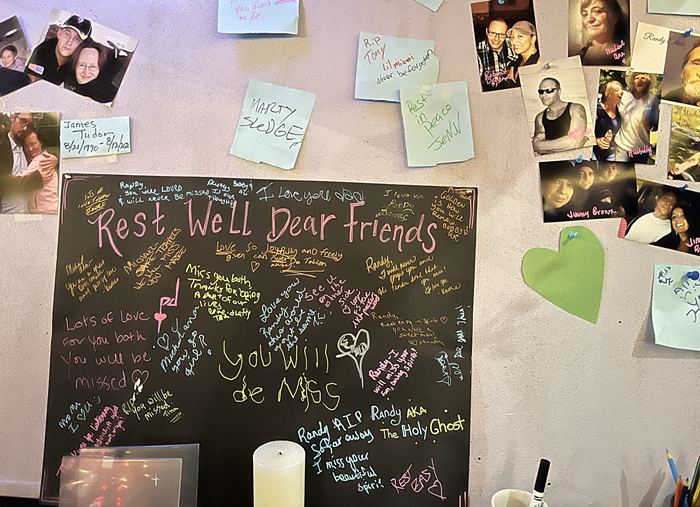"I STILL CLING to the hope that there can be good movies that entertain nearly everyone without being stupid or dishonest," British film critic David Thomson writes in his latest, How to Watch a Movie. That comes on page eight, and it's a pretty good indicator of where the book is headed: Thomson loves movies, and thinks about movies, and has fun doing it—and wants us to do the same. That ideology also defines Thomson's The New Biographical Dictionary of Film, now in its sixth excellent edition; while that doorstop offers blurbs (and barbs) about countless filmmakers and actors, How to Watch a Movie strikes a more philosophical tone.
It's probably best to think of How to Watch a Movie as a rambling chat with Thomson, who's by turns curmudgeonly and excitable. "Every movie is not just a story, or a mystery," he writes, "it is an information system in which things are revealed to us as the film thinks fit." Thomson's indefatigably eager to explore those systems. "Film is an adventure," he points out, "in which you are meant to see more than the things before your eyes. The things seen are not just the view; they are the windows that open it up."
Thomson's also refreshingly open about what "movies" have become in 2015—after he turns to YouTube to deconstruct Ingmar Bergman's Persona ("a film that probes the nature of reality and our part in it as closely as any work of art that I know"), he considers, just as closely, what he clicks on next—an ad starring Rob Lowe. ("Let's just say in these DirecTV ads, he does astonishing work, unexpected, witty, and for everyman. In presenting the upright and Direct Lowe and the creepy, pathetic, noxious Lowe who only has cable, he became a master actor.") Thomson is happy to watch anything—and happier still to think about what it means, and help us do the same. That's the case even when seeing a film once is more than enough ("I'm not going back to Lars von Trier's Melancholia or Terrence Malick's The Tree of Life. If you admire those films, we must live with our disagreements"), and even if a film has aged poorly ("Once upon a time It's a Wonderful Life was a Christmas staple, but try showing the picture to a modern young audience without rueful irony crushing nostalgia").
Thankfully, the joyful How to Watch a Movie never offers anything so prescriptive as its title suggests—instead, it charts Thomson's methods of piecing together movies, both as they play and as we replay them in our heads. "Do you begin to grasp how fully you must watch if you hope to see?" he asks, digging into Cleopatra and Heat, Rear Window and Gone Girl. Thomson's engaged spectating is a hobby, a habit, a skill—and an increasingly necessary one, given how much we watch. "A great change has occurred," Thomson writes, "once masses watched a movie together; but by now we have only our screens as company."
















